Booker's new depot is a revolution in cash and carry design.
It’s not Selfridges, but as far as cash and carries go, Booker’s new branch design concept at Greenford is up there with the best of them in the user-friendly stakes. A revolution in C&C design, Greenford looks more like a retail store than a warehouse and takes all the learnings from refurbished depots at Haydock, Clydebank and Cambridge, and puts them under one roof.
And hassle-free shopping pays, says marketing director Mark Collier.
Simply taking chilled products out of the coldstore - a “dingy hostile place” - onto the main sales floor, has increased chilled sales by 25%, he reveals. “This is one of the biggest step changes in the business.”
The produce department - critical to caterers and any decent c-store, has also doubled in size.
However, the real difference between Greenford, Middlesex - Booker’s first purpose-built depot in more than a decade - and the traditional cash and carry, is the view. Tall aisles are out; bright lights and low level freezers, shelving and chillers are in.
“We designed Greenford to give the customer an immediate sense of orientation,” says Collier. In a lot of cash and carries, he says, customers can wander around labyrinthine aisles piled high with goods with no sense of where other customers and products are. At Greenford, there is a wide, roomy entrance in the middle and a heart or centre to the depot, piled with blockbuster promotions and backed by a set of serveover counters.
Confectionery and soft drinks - top sellers traditionally placed in the four corners of a depot to encourage shoppers to ‘walk the store,’ have been put next to the entrance. This lets busy customers grab essential purchases without having to traipse around half the 40,000 sq ft depot.
Tobacco, another key category in wholesale, has been put next to the exit so shoppers can buy their most expensive items last thing before they leave.
Tobacco will always be a key footfall driver and represents up to 45% of sales in a traditional C&C, says Collier. At Greenford, however, it’s more like 30% - a conscious decision on Booker’s part to play down the category and boost higher margin products. “Yes it’s a footfall driver, but it is becoming less and less important to us as a category, chiefly because of the smuggling problem.”
Take out tobacco, and Booker’s like-for-like sales in the year to September 13 were 2.3%. Put tobacco back in the equation and like-for-like sales over the period were 0.8%, although this had little effect on profitability, he adds.
Wine, another key category for Booker, has also been laid out in a more logical way at Greenford to better target retail and catering customers, says Collier.
"We’ve agonised over how best to display wine for some time. The solution was to merchandise single bottles (targeting caterers) separately to cases (targeting retailers), while the range has been widened to include more expensive wines."
Ranging at Greenford is not merely driven by analysing sales data, but by working closely with customers through the sales force and trying to educate people about what they should stock, he says.And that doesn’t mean pushing higher margin own label goods or smaller brands if they are not right for customers. “There are lots of opportunities for tertiary brands, especially in areas like cigarettes, but we are also taking them out when there is no real need for an own label alternative.”
Booker Chef’s Larder - Booker’s own label range for caterers - is also being revamped with new products and packaging that removes the Booker name so that products can also be sold through Big Food Group’s Woodward foodservice arm, says Collier. “The first repackaged products are here, but the whole process will take up to two years.”
Conversely, Iceland branded products have been removed from Booker depots after an abortive attempt to explore brand synergies following the Booker/Iceland merger. Now, products developed for Iceland still go into Booker depots, but under the Happy Shopper brand. Woodward lines are also filtering into Booker depots and joint purchasing opportunities across BFG’s companies are being exploited as far as possible.
Greenford has made a special effort to appeal to caterers, a group representing 40% of Booker’s non tobacco sales and probably over 50% of Greenford’s, says Collier. More than 4,000 of its 9,850 lines are specifically for caterers. “There are 300,000 caterers in the UK and 180,000 of them are trading with us.”
If Greenford proves a winning formula, says Collier, about 10 depots will be rolled out to the new format a year, plus two completely new stores.
He won’t say how much this will cost, but he does say the payback will be worth it if the first week’s takings at Greenford are anything to go by.
It’s not Selfridges, but as far as cash and carries go, Booker’s new branch design concept at Greenford is up there with the best of them in the user-friendly stakes. A revolution in C&C design, Greenford looks more like a retail store than a warehouse and takes all the learnings from refurbished depots at Haydock, Clydebank and Cambridge, and puts them under one roof.
And hassle-free shopping pays, says marketing director Mark Collier.
Simply taking chilled products out of the coldstore - a “dingy hostile place” - onto the main sales floor, has increased chilled sales by 25%, he reveals. “This is one of the biggest step changes in the business.”
The produce department - critical to caterers and any decent c-store, has also doubled in size.
However, the real difference between Greenford, Middlesex - Booker’s first purpose-built depot in more than a decade - and the traditional cash and carry, is the view. Tall aisles are out; bright lights and low level freezers, shelving and chillers are in.
“We designed Greenford to give the customer an immediate sense of orientation,” says Collier. In a lot of cash and carries, he says, customers can wander around labyrinthine aisles piled high with goods with no sense of where other customers and products are. At Greenford, there is a wide, roomy entrance in the middle and a heart or centre to the depot, piled with blockbuster promotions and backed by a set of serveover counters.
Confectionery and soft drinks - top sellers traditionally placed in the four corners of a depot to encourage shoppers to ‘walk the store,’ have been put next to the entrance. This lets busy customers grab essential purchases without having to traipse around half the 40,000 sq ft depot.
Tobacco, another key category in wholesale, has been put next to the exit so shoppers can buy their most expensive items last thing before they leave.
Tobacco will always be a key footfall driver and represents up to 45% of sales in a traditional C&C, says Collier. At Greenford, however, it’s more like 30% - a conscious decision on Booker’s part to play down the category and boost higher margin products. “Yes it’s a footfall driver, but it is becoming less and less important to us as a category, chiefly because of the smuggling problem.”
Take out tobacco, and Booker’s like-for-like sales in the year to September 13 were 2.3%. Put tobacco back in the equation and like-for-like sales over the period were 0.8%, although this had little effect on profitability, he adds.
Wine, another key category for Booker, has also been laid out in a more logical way at Greenford to better target retail and catering customers, says Collier.
"We’ve agonised over how best to display wine for some time. The solution was to merchandise single bottles (targeting caterers) separately to cases (targeting retailers), while the range has been widened to include more expensive wines."
Ranging at Greenford is not merely driven by analysing sales data, but by working closely with customers through the sales force and trying to educate people about what they should stock, he says.And that doesn’t mean pushing higher margin own label goods or smaller brands if they are not right for customers. “There are lots of opportunities for tertiary brands, especially in areas like cigarettes, but we are also taking them out when there is no real need for an own label alternative.”
Booker Chef’s Larder - Booker’s own label range for caterers - is also being revamped with new products and packaging that removes the Booker name so that products can also be sold through Big Food Group’s Woodward foodservice arm, says Collier. “The first repackaged products are here, but the whole process will take up to two years.”
Conversely, Iceland branded products have been removed from Booker depots after an abortive attempt to explore brand synergies following the Booker/Iceland merger. Now, products developed for Iceland still go into Booker depots, but under the Happy Shopper brand. Woodward lines are also filtering into Booker depots and joint purchasing opportunities across BFG’s companies are being exploited as far as possible.
Greenford has made a special effort to appeal to caterers, a group representing 40% of Booker’s non tobacco sales and probably over 50% of Greenford’s, says Collier. More than 4,000 of its 9,850 lines are specifically for caterers. “There are 300,000 caterers in the UK and 180,000 of them are trading with us.”
If Greenford proves a winning formula, says Collier, about 10 depots will be rolled out to the new format a year, plus two completely new stores.
He won’t say how much this will cost, but he does say the payback will be worth it if the first week’s takings at Greenford are anything to go by.





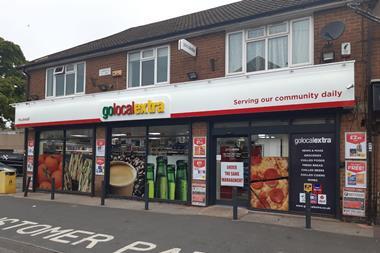

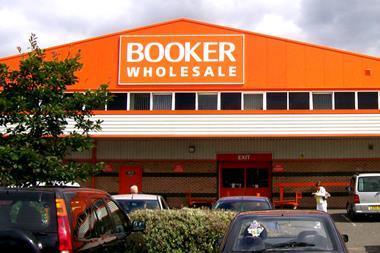
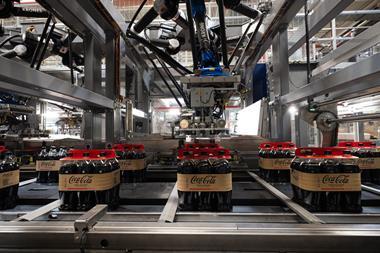
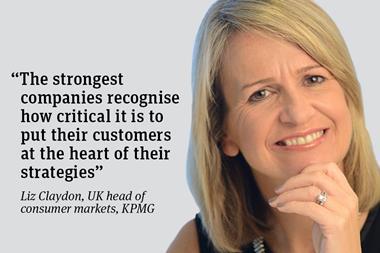


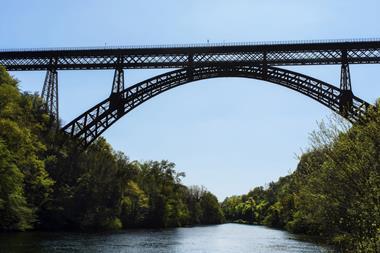
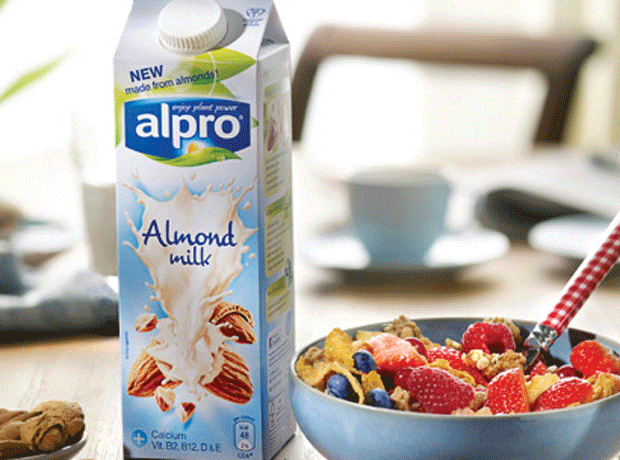
No comments yet